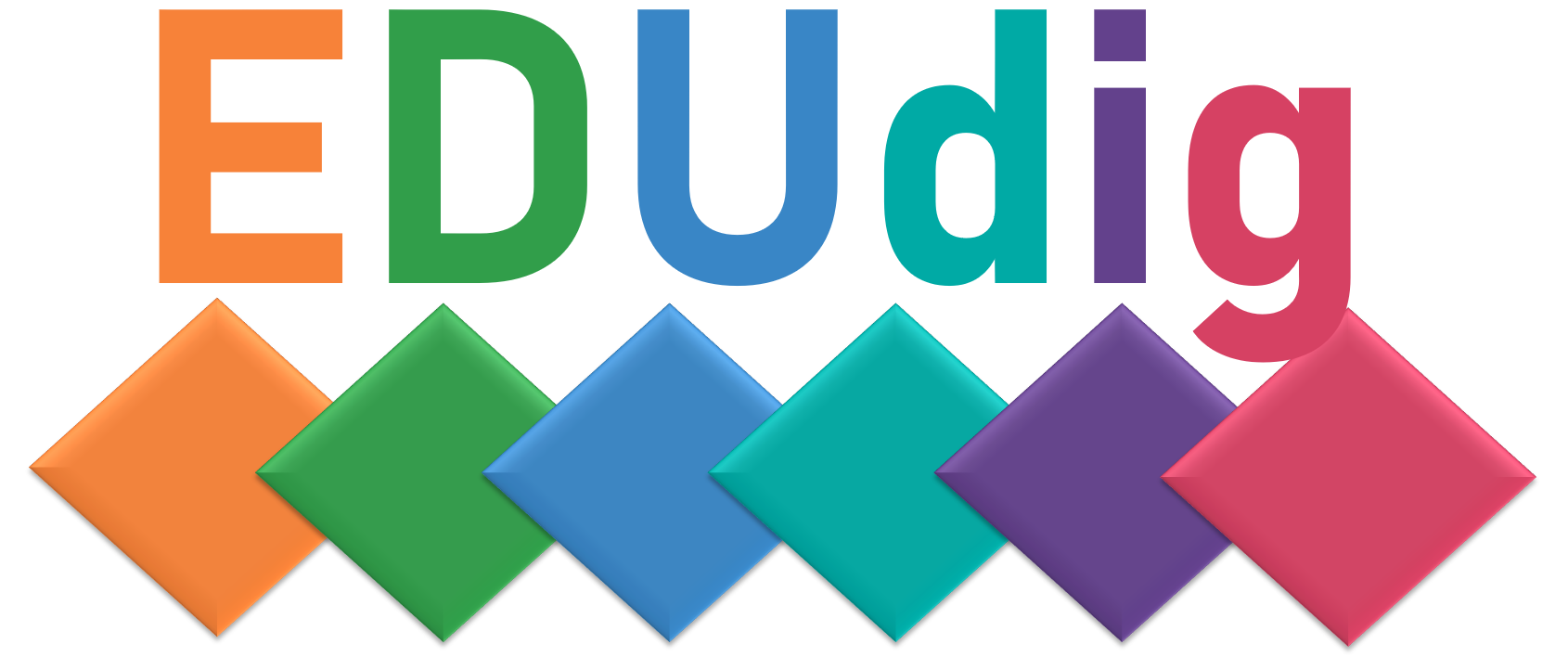Gamification of learning is an approach for increasing learner’s motivation and engagement by incorporating game elements into an educational environment. Game elements can be classified into three categories: mechanical, personal and emotional.
Mechanical element
- means e.g. systems showing incremental progression with goals, challenges and quests
- using visible symbols of achievement such as badges
- use of tutorials for onboarding and increasing accessibility
- responsiveness by giving instant feedback.
Personal element
- means e.g. visible status, collective responsibility and leaderboards or rankings showcasing the distribution of points total
Emotional element
Emotional element refers to the mental state called “flow”, where the learner has total focus on the task at hand.
There are three conditions that are necessary for flow to be achieved:
- a clear goal, or set of goals for adding structure and direction to the task
- clear and immediate feedback for helping people to adjust their performance to meet any changing demands
- balance between challenge and skill so that the challenge level is appropriate in order to avoid to be bored or anxiety
Gaming elements such as leaderboards, rewards and badges can be added to a Learning Management Systems. Gamification can be involved in a particular activity e.g. with use of tools such as Kahoot, Mentimeter etc. or a whole course can be gamified by using variety of game elements.
- 50 Great Sites for Serious, Educational Games – Center for Online Education
- Gamification and the Future of Education – Publication
- Gamification and Game-Based Learning – University of Waterloo
- How to Use Gameplay to Enhance Classroom Learning – Edutopia, Hoa P. Nguyen
- Minecraft for Education – Minecraft Education Edition
- Games for creating activating teaching resources – Wordwall
